Restore and Renew webtool showcased to international audience
An Australian webtool designed to help practitioners consider genetic information and climate change when sourcing material for restoration has been showcased in international guidelines for tree genetic resource conservation.
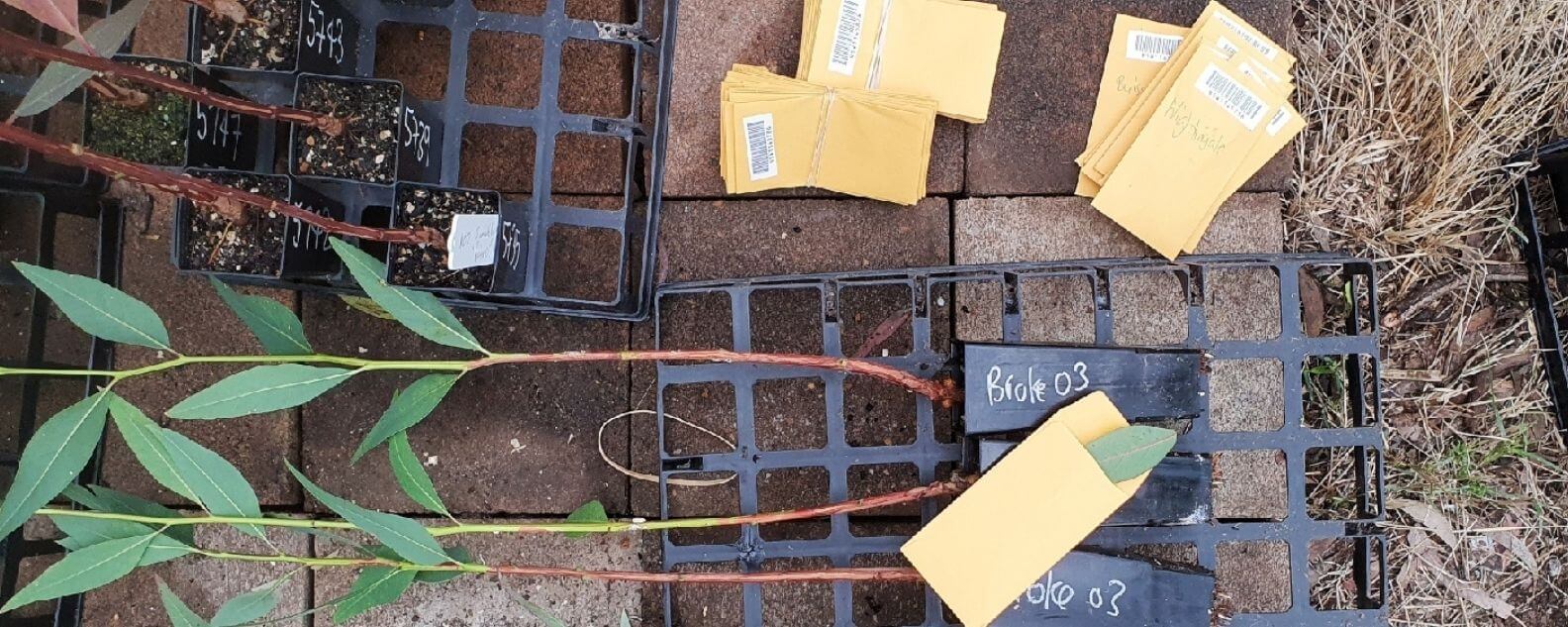
Sustainable food systems
Tree genetic resource conservation can help food security
The Food and Agriculture Organisation of the United Nations recently published a working paper on conserving tree genetic resources in forest and landscape restoration. The Food and Agriculture Organisation is a specialised agency of the United Nations that leads international efforts to defeat hunger, aiming to achieve food security for all.
The working paper outlines how conserving tree genetic resources (the diversity of species and genotypes from seeds and other forest reproductive material) can help halt biodiversity loss, mitigate climate change and redesign sustainable food systems. For example, that most of our food comes from a few staple crops leaves food systems, and the people who depend on them for their sustenance and income, vulnerable to shocks. Conservation of genetic resources increases the resilience of our food systems by better conserving potential underutilised, edible and highly nutritious plant-based foods.
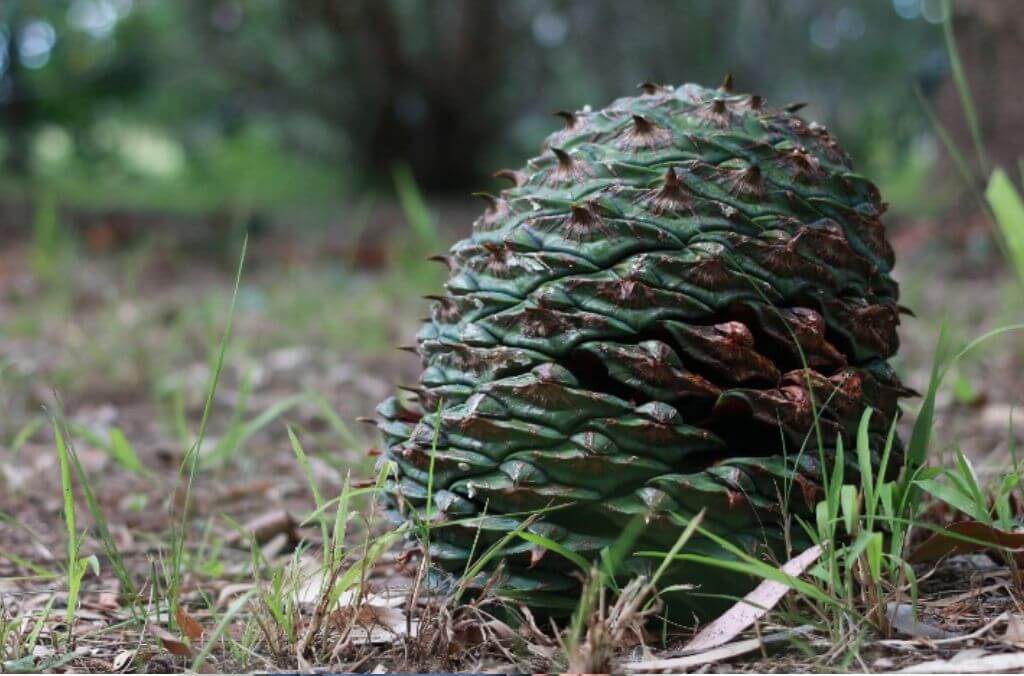
Conserving genetic resources in Bunya Pine and other wild species with underutilised, edible and highly nutritious seed can help ensure food security.
Need for genetic diversity
Vast scale of restoration needed
Globally, in the last 25 years, almost 50 million hectares of primary forest have been lost due to deforestation, explains the working paper. Achieving the restoration needed to address the triple crisis of failing food systems, biodiversity loss, and climate change requires the establishment of billions of trees on millions of hectares of degraded land.
“But what we plant matters,” explains paper co-author Maurizio Rossetto, Head of the Research Centre for Ecosystem Resilience (ReCER) at the Botanic Gardens of Sydney.
“Restored populations need genetic diversity to adapt to change and successfully reproduce. Fail to adequately address the risks of low genetic diversity and we may end up with restored populations that are unable to adapt to change and exhibit low or no recruitment.” Prof. Maurizio Rossetto.
When too many seeds or seedlings from a single source are used in restoration projects, the trees are less likely to thrive and reproduce in the future.
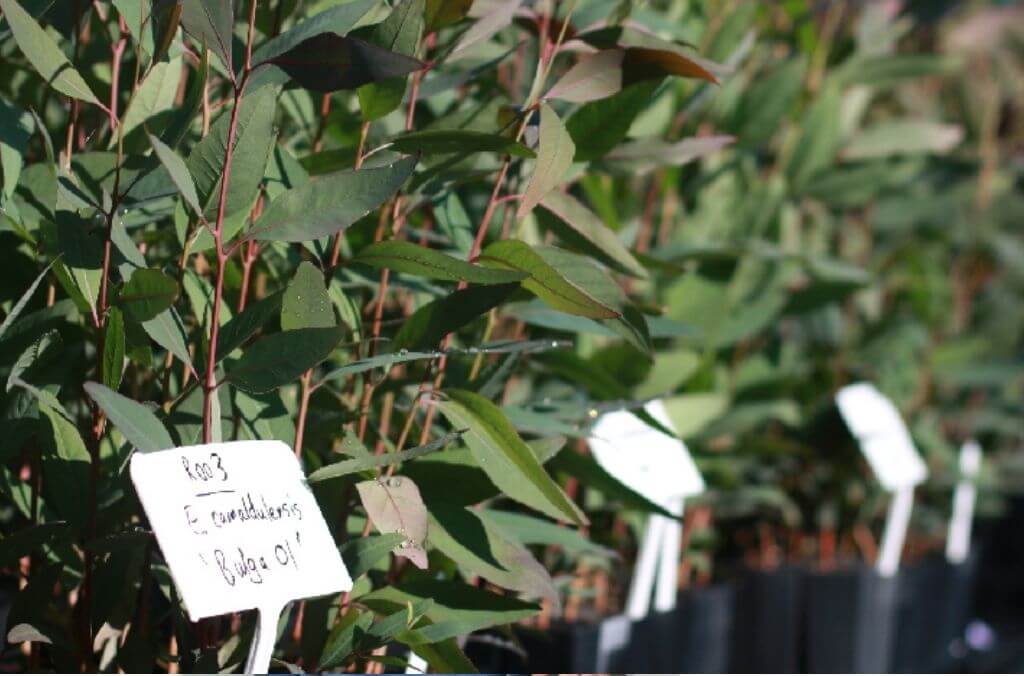
This genetically diverse collection of River Red Gum seedlings will help ensure restored populations are resilient and likely to persist in the long-term
Sourcing genetically diverse seeds
Not enough genetically diverse seed available
Currently, there are not enough genetically diverse tree seeds and seedlings available to achieve global restoration targets, explains the working paper. Lack of suitable seeds and seedlings is already resulting in delays, increased costs or in some cases the failure of restoration projects.
The paper highlights practical approaches to genetic resources conservation in forest and landscape restoration and showcases 13 case studies from around the world to demonstrate state-of-the-art and best practices approaches to increasing the availability of genetically diverse seed.
Restore and Renew helps practitioners source genetically diverse seed
The Restore and Renew webtool was among the featured case studies, with ReCER Head Maurizio Rossetto contributing a chapter on how the webtool and underlying procedures are helping restoration practitioners access genomic tools that can help guide the sourcing of genetically diverse seed.
“The challenge, until recently, has been difficulty undertaking genetic research on more than a handful of species at a time. The associated costs and technical complexities of genomic research were preventing the wide adoption of genetics in general, but the advent of the genomic era has made relevant genetic knowledge increasingly available to the restoration community, said Maurizio Rossetto.
“We can now gather relevant genomic information quickly and cost-effectively, making it feasible to collect genomic information for hundreds of species at a time.” Prof. Maurizio Rossetto.
Replicable, standardised workflows are key to the economy of scale that makes working on hundreds of species at once feasible. Rather than collect genomic information species-by-species, we can now work on large multi-species genomic projects for taxonomic groups (e.g. threatened ground orchids), regions (e.g. Cumberland Plain), or ecosystems (e.g. Big Scrub).
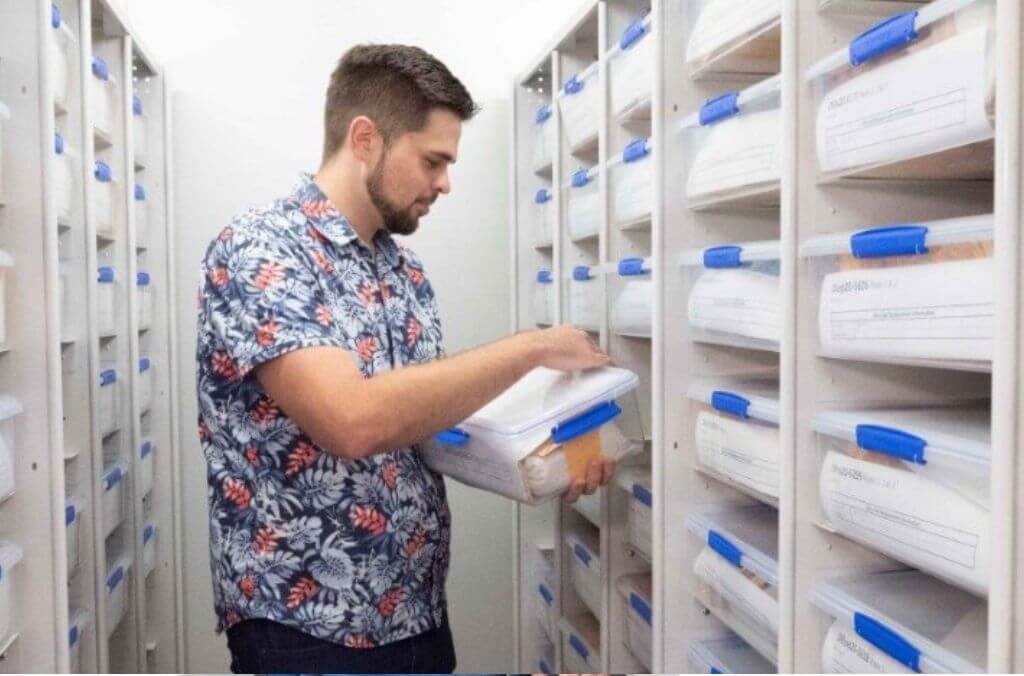
Economy of scale in action. Thousands of plant samples have been sequenced for the Science Saving Rainforests collaboration with the Big Scrub Rainforest Conservancy. Credit: Renee Borrow, Big Scrub Rainforest Conservancy Credit: Renee Borrow
The workflow process
The working paper shares the Restore and Renew workflow process with the international community, highlighting how one dataset can answer multiple questions for multiple species, increasing economy of scale, and making genetic information more accessible.
“The one, low-cost dataset can provide information on the distribution of genetic diversity, provenance boundaries and more,” said Maurizio Rossetto. “This knowledge can directly guide a broad range of applied restoration-focused questions, such as how to maximize genetic diversity in mixed planting strategies, how to establish a representative ex situ collection or seed production area, or how to maximize diversity while also introducing climate resilience.”
In the working paper, Maurizio highlights that this approach can be used across any scale in any country. “In our experience, training practitioners in sampling techniques (e.g. use of collection apps, and handling and storage of leaf material) and scientific staff in the streamlining of sequencing and analytical interpretations is very effective once the right workflows are established.”
“The Restore and Renew workflow concept and process can be replicated across any scale in any country and has the potential to help practitioners across the globe consider genetic information and climate change when sourcing material for restoration.” Prof. Maurizio Rossetto.
Species are being added to the Restore and Renew webtool regularly. NSW restoration practitioners can use it to help guide sourcing of genetically diverse climate-ready seed. Visit the tool here and learn more about how to use it here.
Related stories
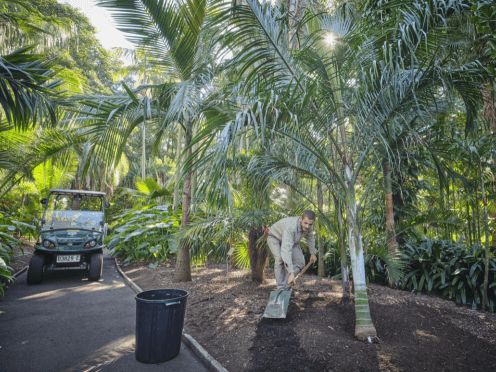
Botanic gardens across Australia and New Zealand are gearing up for Botanic Gardens Week running from 19 – 25 May.
Working with stakeholders from different Australian states, geneticists have helped to clarify taxonomy and conservation planning for seven leafless Bossiaea species.

Bunga Bangkai (Indonesian), Titan Arum or Amorphophallus titanum has the biggest, smelliest flower-spike in the world. It flowers for just 24 hours, once every few years… and in January 2025 one bloomed at the Royal Botanic Garden Sydney. Named Putricia by staff at the Botanic Gardens of Sydney, she quickly captivated people from all over the world, writes John Siemon, Director of Horticulture and Living Collections.